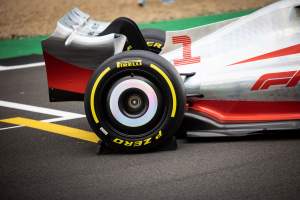Up Next

Illustrations by Rosario Giuliana
One of the fundamental changes in the aerodynamics of a Formula 1 car in the 2022 regulations is to the underfloor and diffuser.
This is often described very crudely as the return of ‘ground effect’, but what exactly is ground effect and what does it mean under these new rules?
Ground effect to some degree has always been around. It’s impossible for a vehicle travelling at speed close to the ground to not generate forces, whether they’re positive or negative.
Optimising ground effect and making it work for you is all about creating an underfloor profile that expands the airflow as it goes rearward, commonly called a venturi. This will generate low pressure underneath the car as the airflow speeds up to accommodate that expansion.
A venturi is an expanding duct, and as long as the expansion is not too dramatic that expansion will pull the airflow through the restricted area much faster than the free stream airflow is travelling.
As it does that, this low pressure is working between the floor surface of the car and the track surface. In effect, it is trying to either pull the track surface up, which is fairly difficult, or pull the car down to increase the force on the tyre, which in turn gives more grip.
Because of it being like a venturi, with one side being the track surface, it is not so critical to the airflow conditions that make it work. So in effect, it will be more consistent than a wing. which is very efficient in free airflow but inefficient in turbulent airflow. I’m sure we have all suffered from weather-induced turbulence during an airplane trip.
As I always say, nothing is new in F1 and to explain what the return to ground effect really means, we need to look back to 1977-1982, when it was first being used in F1 as a tool to generate downforce.
But before we can do that, we need to consider how cars have evolved since such these original ground effect cars were outlawed by the flat-floor regulations introduced for 1983 – pictured below.
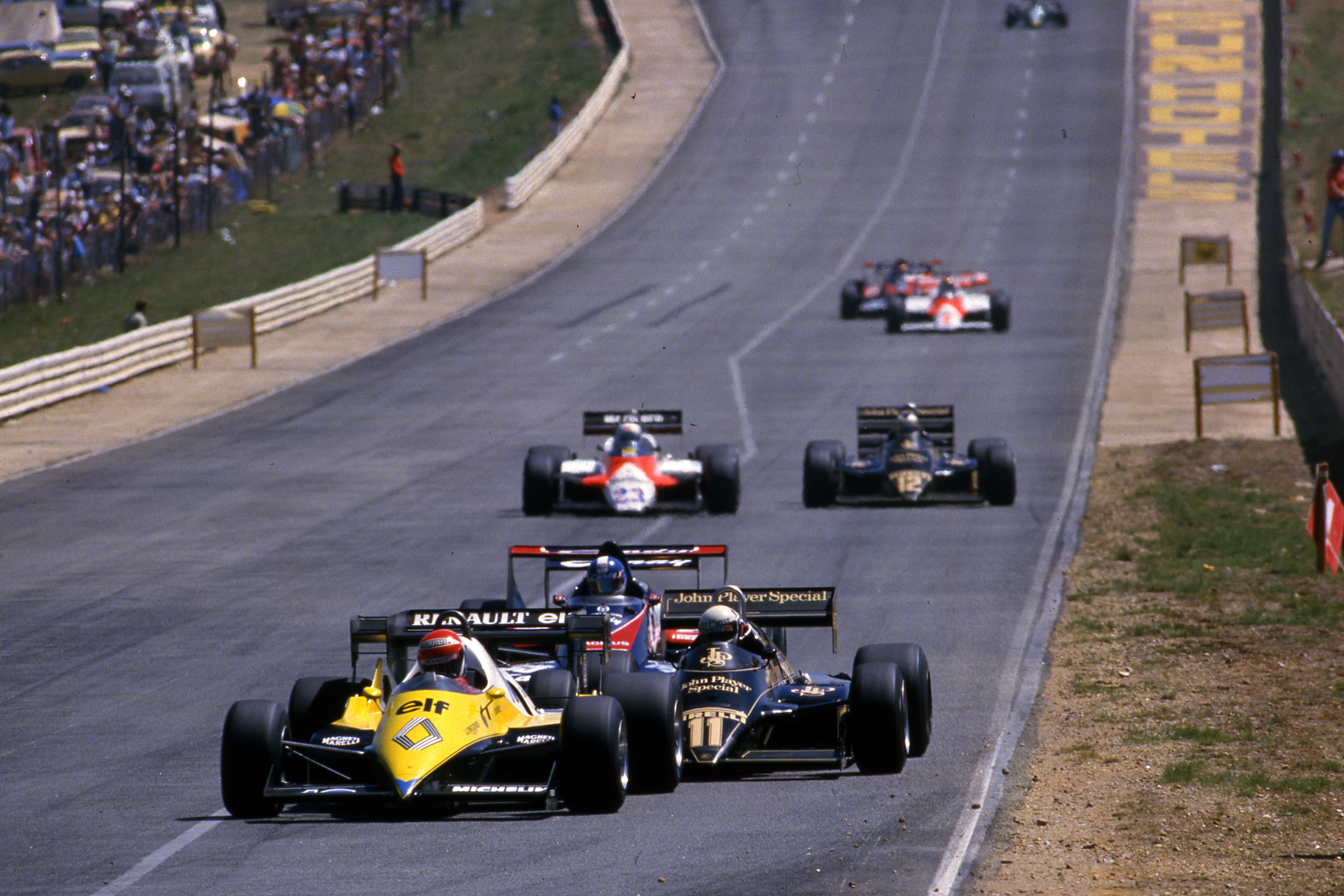
If we look at the cars from the mid-1980s to the period after Ayrton Senna and Roland Ratzenberger’s deaths at Imola in 1994, the cars still produced a reasonable amount of downforce from the underfloor.
The flat-floor regulations that kicked in at the start of 1983 and ended what is usually referred to as F1’s ground effect era started at the leading edge of the floor and remained flat until the front of the rear tyre.
After that, it was anything goes. These cars had a considerable diffuser area with the exhausts blowing into them and, because of that, they generated a large percentage of their downforce from that area.
Then it was all change. Max Mosley was FIA president at the time and in reaction to what happened at Imola, and backed up by F1 supremo Bernie Ecclestone, his philosophy was to reduce cornering speeds. That led to all sorts of modifications to the rules coming into play.
One of them was to outlaw blown diffusers. Another was to reduce the size and length of the diffuser exit. These changes were introduced with minimal – if any – research but he felt it was better to be seen do something rather than do nothing.
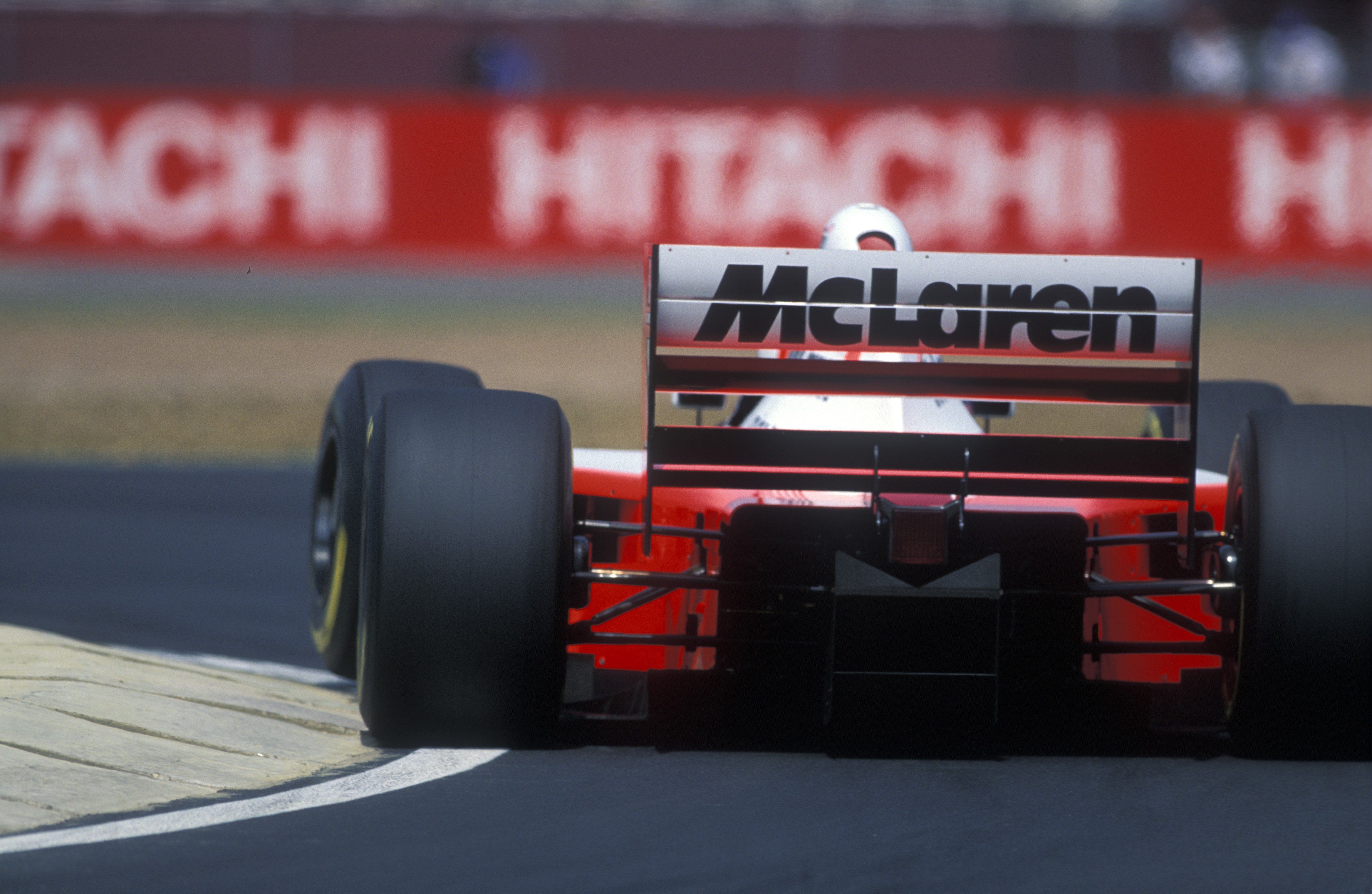
As technical director at Jordan, I remember receiving some information about the diffuser’s length being reduced to the centreline of the rear wheel in 1994. We were testing at Jerez so promptly got the jigsaw out, chopped off the unloved part of the diffuser and carried on testing. Yes, it reduced the downforce and with it the cornering speeds, but not by a startling amount.
I used to love these changes. While everyone else was fighting against them and arguing about it, we just got on with it realising that what Max wanted, Max was going to get.
Other than introducing the stepped underfloor and some changes to tidy up small details, those regulations more or less stayed with us until 2009 when someone stumbled upon what was christened the ‘double diffuser’.
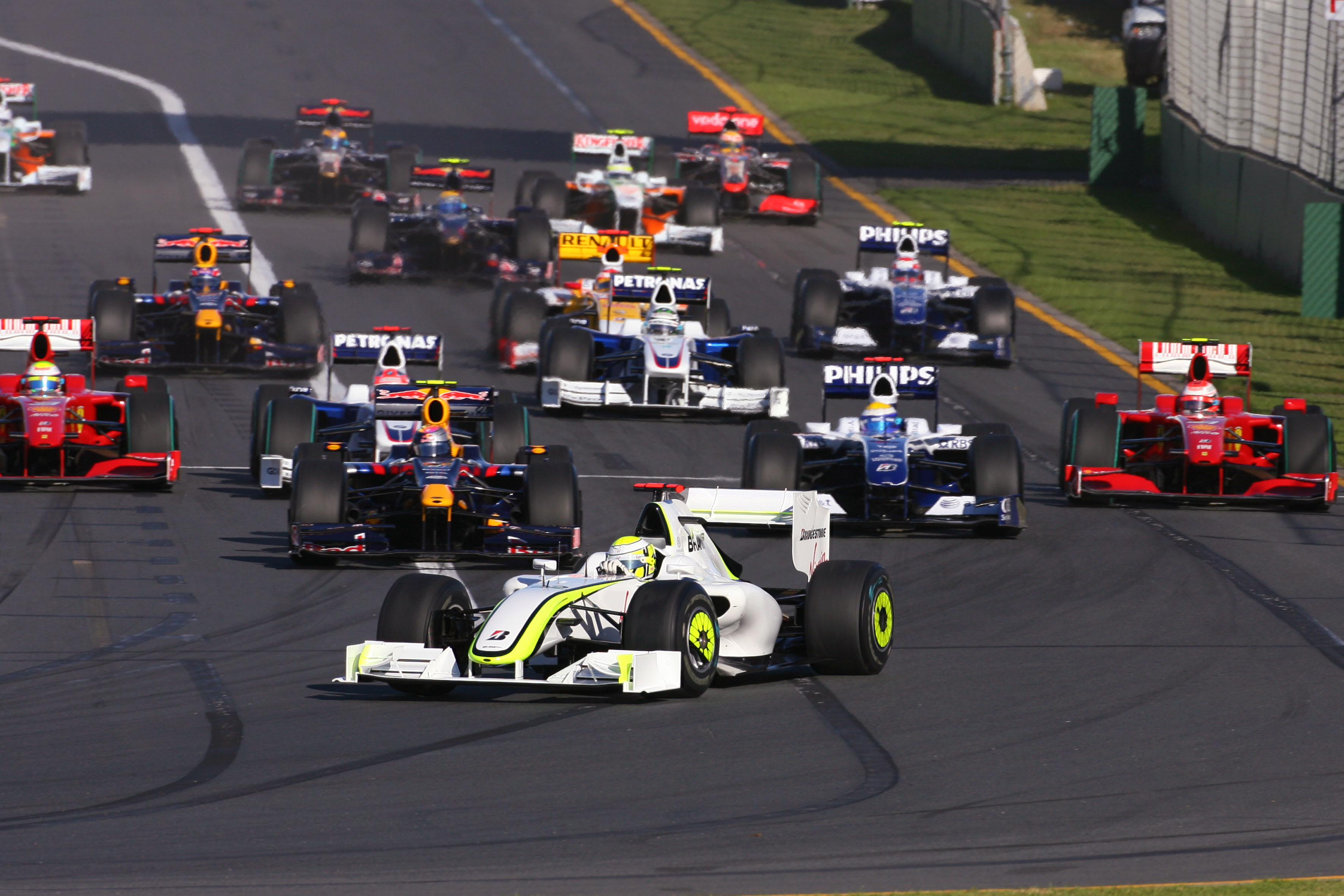
This showed how much of an influence the diffuser really had as the team among the three that started the season with it that best understood it – Brawn – romped away with the championship.
Others followed, but by having to adapt it to their current cars it was all a bit too little and far too late to affect the championships.
The double diffuser was banned in 2010. Up until the 2017 rule changes, the emphasis was on controlling the levels of downforce and turn-in cornering speed. But then, with F1’s new ownership, we had a complete reversal of direction.
The regulations created cars that had significantly more downforce, bigger tyres and much-increased cornering speeds. In 2020, we had the fastest cars around corners in F1 history, they were regularly generating in excess of 6g under braking and 4g in corners. That was trimmed back a little in 2021, but only by a small percentage.
As we know history is about looking backwards, but F1 has this habit of looking forwards – so who knows what’s just around the corner when it comes to regulations and innovation.
So let’s put some numbers on this. Using simple numbers, if we say that a 2021 car generated 1800kg of downforce at a certain speed, then roughly a third of that, around 600kg, will be from the front wing. Another third will be from the rear wing and the final third will be from the underfloor/diffuser.
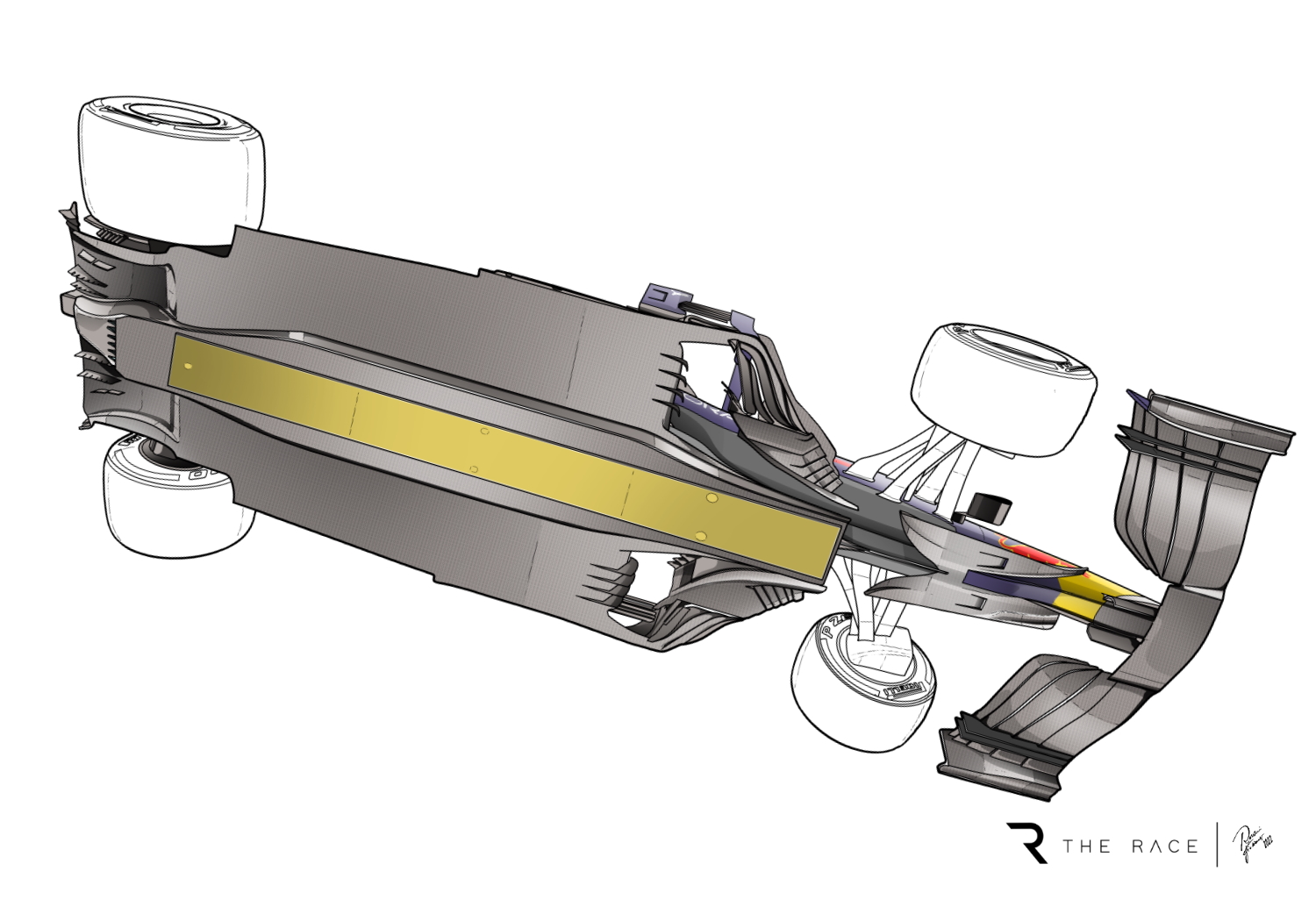
However, the aerodynamic distribution – or centre of pressure as it is known – would be around 40% front and 60% rear. Therefore, the aerodynamic load would be 740kg front and 1080kg rear for a total of 1820kg. This means the front wing is responsible for 81% of the front downforce, with the underfloor producing the other 19%. The rear wing would be responsible for 55% of the rear downforce, with the underfloor contributing the other 45%.
The reason for this is that the peak low pressures underneath the floor of the car will be at the leading edge, which is more or less at the middle of the car, and where the floor kicks up into the diffuser, which is just at the leading edge of the rear tyre. The rest of the flat floor will have low pressure underneath it, but nowhere near as high a peak as what these two areas can produce.
If you look at those numbers, is it any wonder that the current cars understeer like a pig when you are following another car in their turbulent air? Yes, you lose overall downforce, but in reality what matters is that you lose a massive amount of front downforce, which dramatically affects the balance of the car.
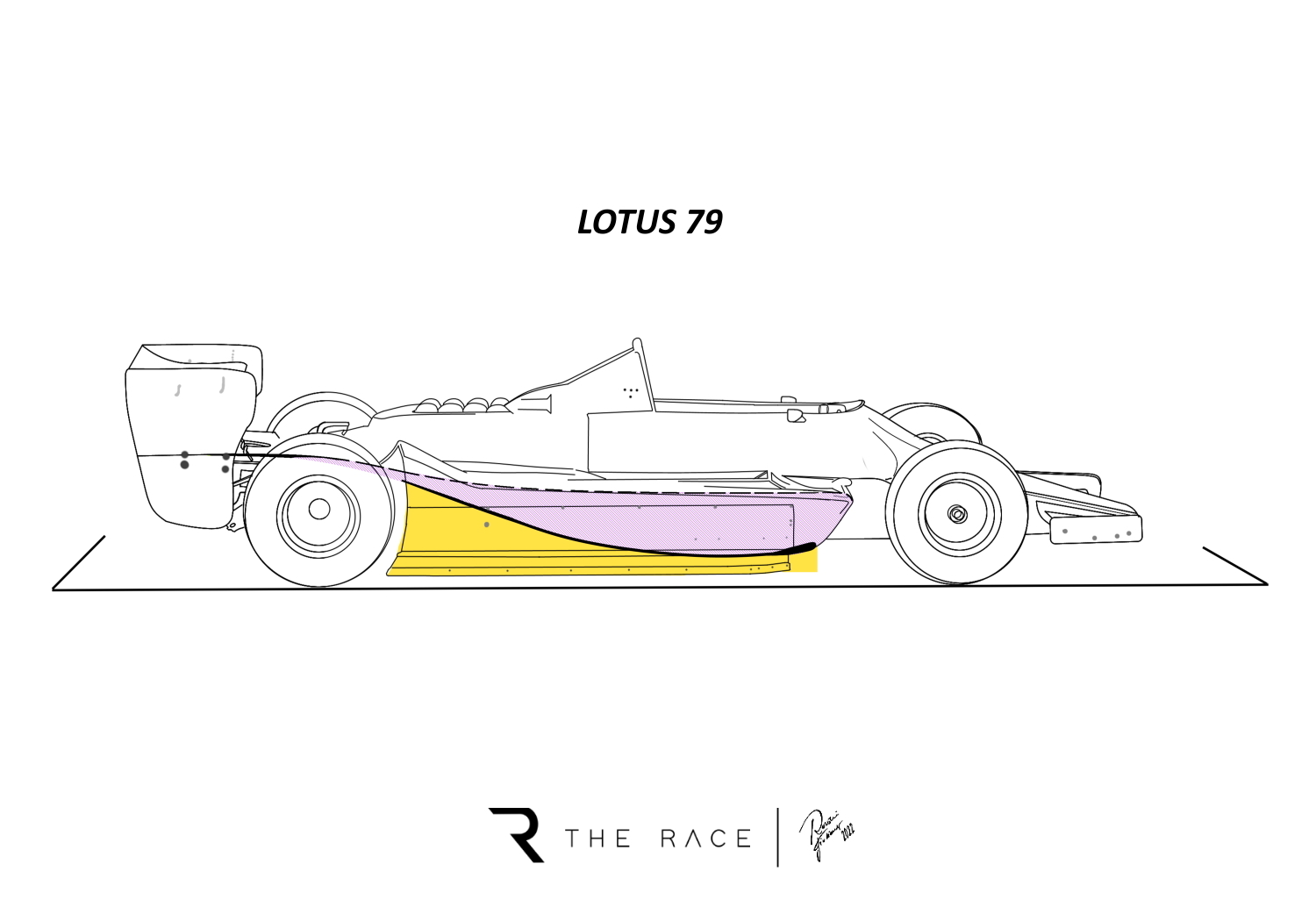
If we go back to the ground effect cars of 1977-1982, these had far longer sidepods with the leading edge not far behind the trailing edge of the front tyre. The lowest point of the floor, which was then called the ‘throat’, was also further forward and probably around where the steering wheel is on a current car.
This meant that the lowest pressure in the underfloor, which is in the area of that throat, was a lot further forward than what we had in F1 last year.
If we were to take those similar numbers from above and rearrange them, taking into account that the wing design of those days was a lot less complicated than we have today, especially at the front, we would get something like this:
Take the same total downforce – 1800kg. Roughly 10% of that, so around 180kg, will be from the front wing and 25%, around 450kg, from the rear wing. The remaining 65%, so around 1170kg, will be from the underfloor/diffuser. However, the aerodynamic distribution, or centre of pressure, would still be around 40% front and 60% rear.
This would mean that the front wing was then responsible for 24% of the front downforce, with the underfloor responsible for the other 76%. At the back of the car, the rear wing would be responsible for 42% of its downforce, with the underfloor responsible for the other 58%.
The confirmation that the underfloor was able to produce most of the car’s front downforce requirement was provided by teams using very small front wings, or even not running front wings at some events.
During that period of ground effect, the sliding skirts on the sides of the underfloor were outlawed in 1981. This was on safety grounds because they were either sticking up or getting damaged on kerbs.
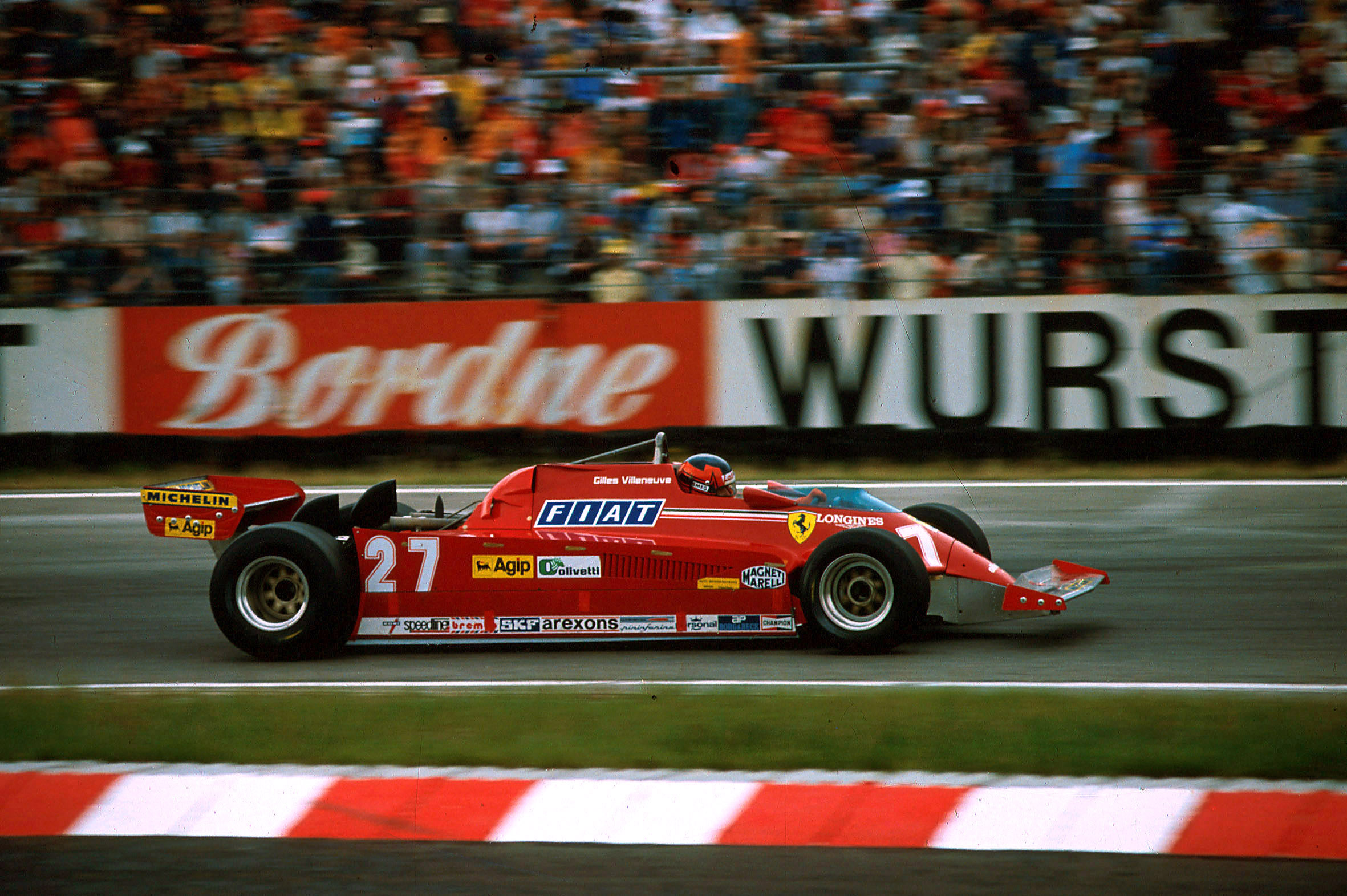
Those sliding skirts served to dramatically improve the performance of the underfloor. But even when they were outlawed, the general trend would still be very similar but with the underfloor’s contribution to the overall downforce decreasing in percentage.
But the return to ground effect in 2022 is not going to be as big a shift as those figures would suggest and I’m not convinced we will really see a significant difference.
Overall, the aerodynamic changes have been mainly conceived to reduce the turbulence, in other words improve the wake left behind a car. All these small turning vanes and gizmos we have seen over the last few seasons help improve the downforce levels of the car they are mounted on, but generate dirty airflow for those trying to follow.
The new regulations are focused on cleaner aerodynamic surfaces, which should generate less turbulence. The problem with that is that the following car also has cleaner and less aggressive aerodynamic surfaces to generate downforce from, so it could very easily be a catch-22 situation. This is because it means less turbulence from the leading car, but also less downforce from the following car.

The basic principle of the underfloor are very similar to what we had in 2021, even though the kick up to the diffuser is a little further forward and the diffuser exit area is bigger – so it will be a small percentage more powerful. The biggest difference is the leading edge of the floor, which is more similar to what we have seen through the years on IndyCars.
The raised leading edge with its internal vertical turning vanes will be a little bit better at controlling the turbulence from another car. But again, it’s just a small step. As I said above, the underfloor and diffuser working like a venturi is more robust in turbulent airflow. The more powerful you make it, the more robust the overall downforce it produces will be.
I don’t want to be the messenger of doom and gloom, but I don’t think the regulations have gone far enough in terms of ground effect to make a significant difference and the cars will still be too reliant on the front wing to achieve a decent balance.
More downforce from underneath the car and less from the front wing would be another step forward, but I remain to be convinced by these regulations.
Perhaps Pirelli with its new larger tyres on 18-inch wheelrims will save the day, but I’m not holding my breath.




